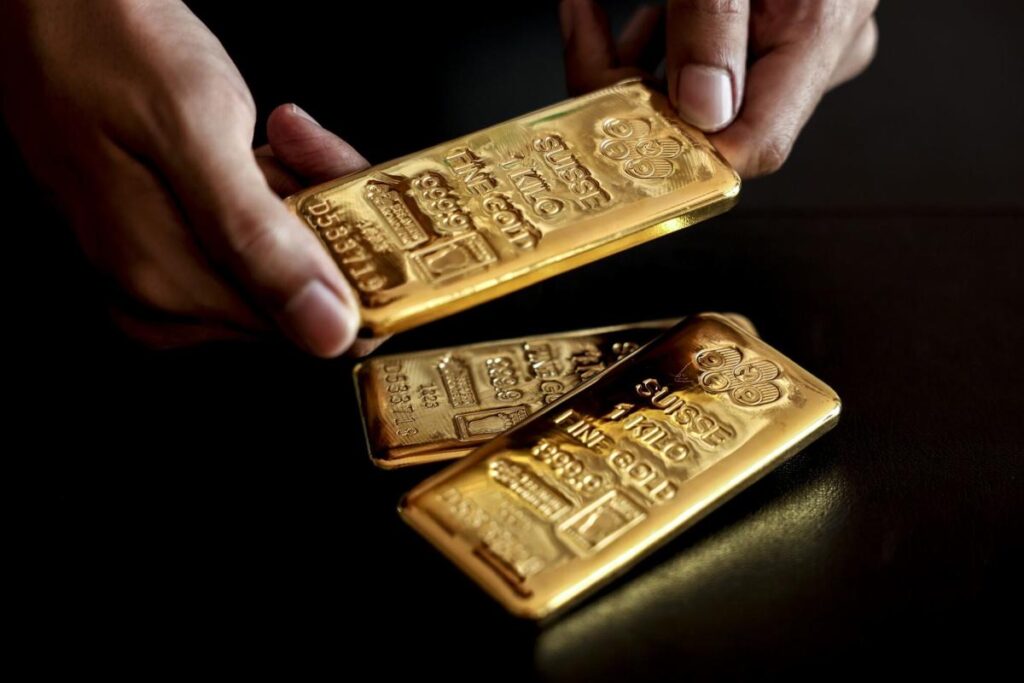Gold prices experienced a slight decline at the end of a tumultuous week, as market participants evaluated the future trajectory of U.S. interest rates and the potential impact of Donald Trump’s recent election victory on the economy. The price of bullion fell approximately 0.5% after a substantial increase of 1.8% the previous day. Federal Reserve Chair Jerome Powell remained noncommittal regarding the possibility of an interest rate cut in December, following a recent 25 basis point reduction. He observed that recent economic indicators continue to suggest a robust expansion, which contributes to the uncertainty surrounding future monetary policy.
The previous day’s uptick in gold prices was a partial recovery from a significant 3% drop that occurred when Trump secured his victory, causing a surge in the dollar’s value. This dollar rally diminished the allure of commodities priced in the currency, including gold. Analysts are now adjusting their expectations for Federal Reserve policy in light of Trump’s proposed economic strategies, which include increasing tariffs, reducing taxes, and deregulation. These measures could potentially ignite inflation, leading many Wall Street economists to foresee fewer interest rate cuts than initially anticipated following the election results.
Throughout 2023, gold prices have surged approximately one-third, attaining new record highs. This bullish trend can be attributed to escalating geopolitical tensions and economic uncertainties, which have prompted increased buying by central banks and individual investors. The recent spike in prices gathered momentum as the Federal Reserve shifted toward a more accommodative policy stance, particularly in the lead-up to the presidential election—a period that typically heightens market volatility and investor caution.
As of 12:56 p.m. Singapore time, spot gold was priced at $2,693.59 per ounce, reflecting a 1.6% decline for the week, marking the steepest weekly drop since May. Increased demand for gold during uncertain times is often seen as a reflection of investor sentiment; however, as market dynamics change with the new administration’s policies, the metal’s appeal may be influenced more than before by U.S. economic indicators and monetary policy adjustments.
In addition to gold’s fluctuations, other precious metals also experienced pressures in the market. Silver prices fell below $32 per ounce, indicating a continued trend of declines for the second consecutive week. Meanwhile, both platinum and palladium prices also decreased, further reflecting the broader trend of volatility in the precious metals market. These movements suggest a complex interplay between investor sentiment and global economic developments, particularly as stakeholders try to decode the implications of new fiscal policies under Trump’s administration.
In summary, while gold has displayed resilience throughout the year amidst various challenges, the recent election outcome and subsequent policy expectations have led to increased volatility. As investors and analysts navigate the uncertain terrain characterized by possible inflationary pressures and evolving monetary policy from the Federal Reserve, the future trajectory of gold and other precious metals remains an area of keen interest. The dynamics of global trade, regulatory environments, and economic stability will continue to shape market behaviors, as stakeholders seek to balance risk and opportunity in their investment strategies.

